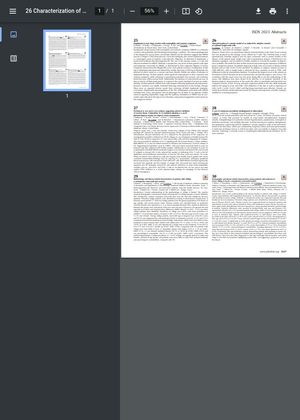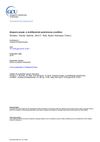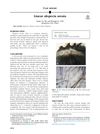Characterization of a Murine Model of AA Induced by Adoptive Transfer of Cultured Lymph Node Cells
November 2023
in “
The journal of investigative dermatology/Journal of investigative dermatology
”

TLDR The study developed a mouse model for Alopecia Areata that responds to treatment, useful for future research.
The study investigates a murine model of Alopecia Areata (AA) by transferring cultured lymph node cells from alopecic C3H/HeJ mice to healthy mice, thereby increasing the number of alopecic mice for research. The model was characterized by assessing gene expression, showing increased markers such as Cd8, Cxcl9, Cxcl10, and Klrk1, similar to human AA patients. Flow cytometry and immunohistochemistry revealed increased CD8+NKG2D+ cells in lymph nodes and CD8+ cell infiltration in the skin. An AI module was used to evaluate the alopecia score, correlating well with visual assessments. The study also compared the effects of JAK inhibitors, ruxolitinib and baricitinib, on hair recovery and gene expression, finding both effective, with baricitinib being more so. This model replicates several AA features and responds to oral JAK inhibitors, making it suitable for screening purposes.


